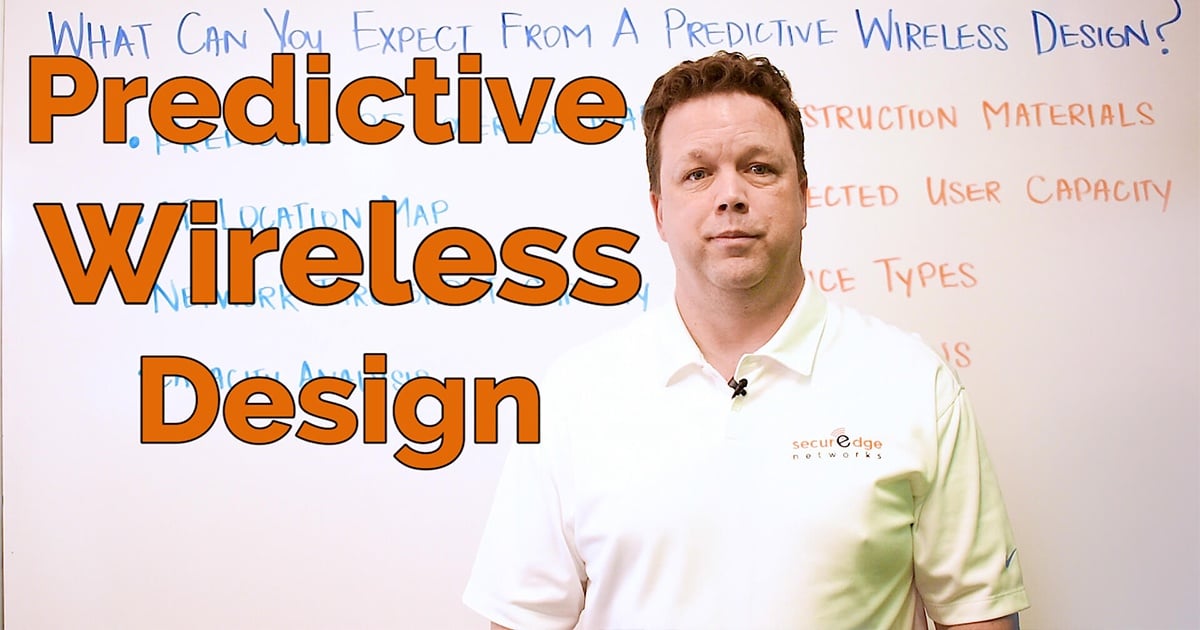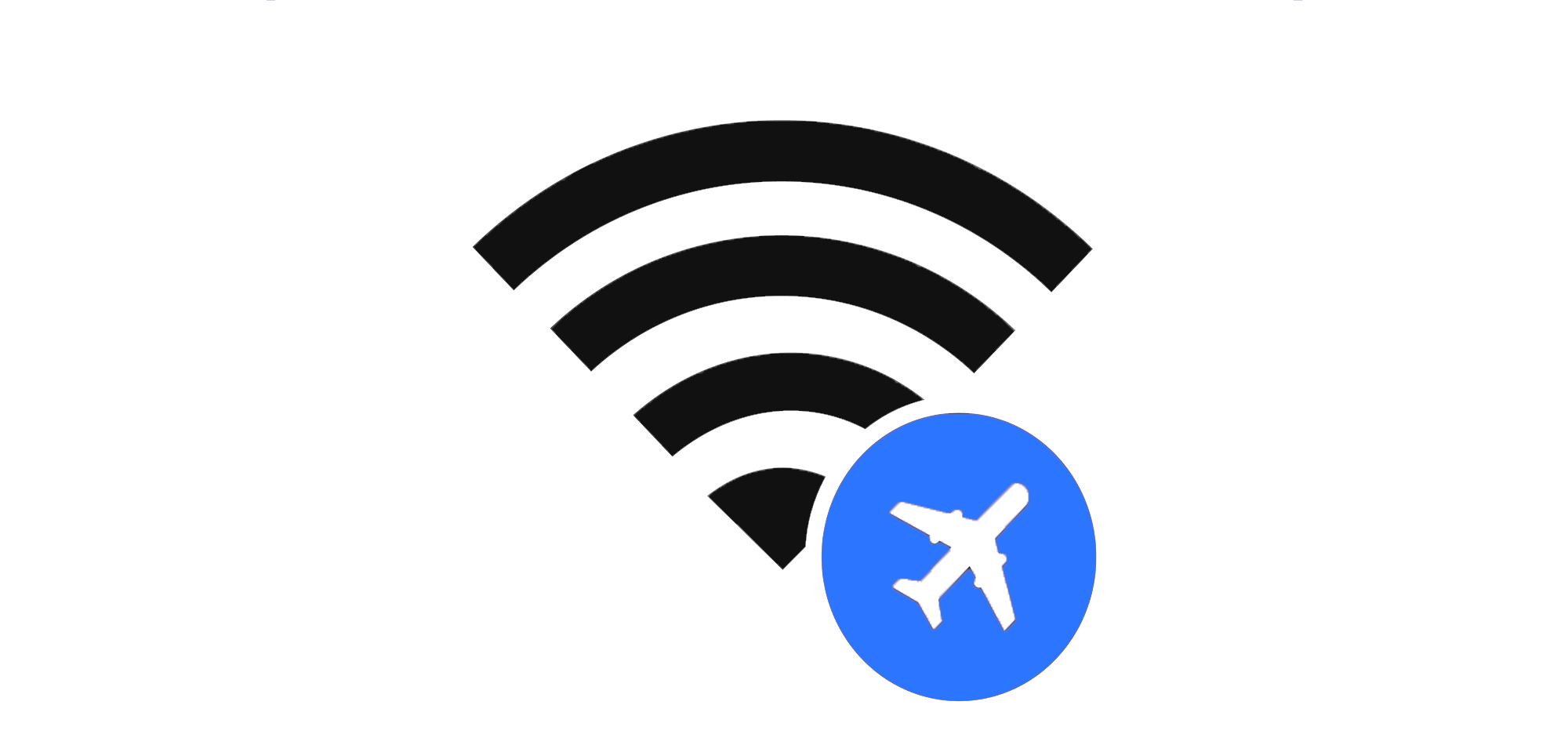What Can You Expect from a Predictive Wireless Design Video Transcription:
Hey there SecurEdge fans, and welcome to another edition of Whiteboard Wednesday. This week we’re talking about predictive wireless designs and what you should expect to receive, when having someone design your next wireless network.
A predictive wireless design is the first critical step in starting down the road of deploying a successful wireless network. Not only will the predictive design help you avoid problems with your project from the outset but will also ensure you get the most out your new network from day one and potentially avoid spending too much on it.
The challenge however is that not all predictive designs are created equal, and that’s exactly why I want to talk you through what you should expect to receive from a predictive wireless design.
A properly completed predictive design should include at the least the following items;
- The first and most important component is a predictive RF coverage map. Also known as heat maps, this type of map will give you a detailed view of the predicted RF or wireless coverage from the access points deployed throughout your building or campus.
- Secondly, the predictive design should map out and indicate where the AP’s are to be located on your campus or in your facility for proper signal delivery.
- Third, the design should indicate the anticipated throughput or capacity of the network.
- Fourth is optional, but if your network is expected to have some capacity challenges with very high numbers of users it is generally a good idea to also have a capacity analysis included which will calculate the devices and their capabilities along with anticipated applications and what load they will have on the wireless network. This calculation can change a coverage/capacity design into a very high-density capacity design which requires greater numbers of access points to support the demand.
In order for a proper predictive wireless design to be completed it is necessary that you provide electronic floor plans of your campus, your building or your facilities to the designers. It is also important that the designers gather from you additional information that is critical to the designing process.
- Building and construction materials should be indicated as they play an important role in how RF behaves in the environment.
- Expected user capacity on the network is also an important piece. Our rule of thumb is in a given space we calculate about 50% of users connected or associated to the network but only about 30-35% of them are actively engaged in activities that consume bandwidth. Remember that sometimes users have on them up to 3 devices in use at a time!
- Device types is also important as different device capabilities have an impact on the performance of the network.
- What the network is intended to support, the applications running on the network also has an impact on how it is designed.
The designers will then take these floor plans and the information gathered they have gathered from you and they will import them into a wireless network planning software. The software will take into account the size of the facility, the building materials and how they affect RF, the types of access points and antennas and several other criteria to model a predicted wireless network for you.
Of course, one of the most important pieces of information you will receive from a predictive wireless design is the expected cost of the project. Remember that this is a predictive design, so the project cost should be used as a budgetary estimate. The predictive design should then be used to engage in an active onsite validation survey. The validation survey is another topic for another Whiteboard Wednesday but it's important to keep in mind that the success of a wireless network project is tied directly to the quality of the design. If you implement the predictive design before validating it you run the risk of over engineering or under engineering your project.
You wouldn't believe how many times we've been called in to fix wireless designs that were either under-engineered or over-engineered which in both cases have ended up costing the customer a lot more money.
All right everyone, I look forward to your comments as well as answering any questions you might have. Thanks for watching and we'll see you next week for another edition of Whiteboard Wednesday. Take care.
End Transcription





